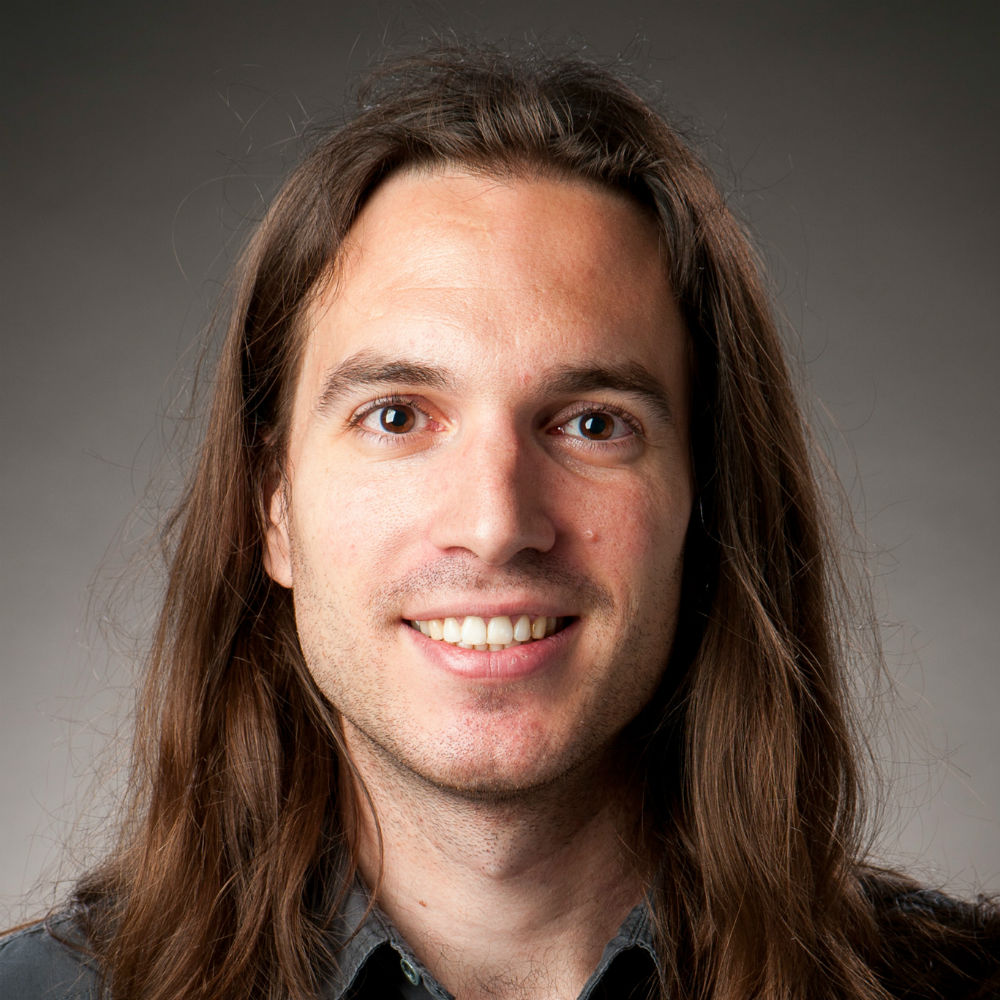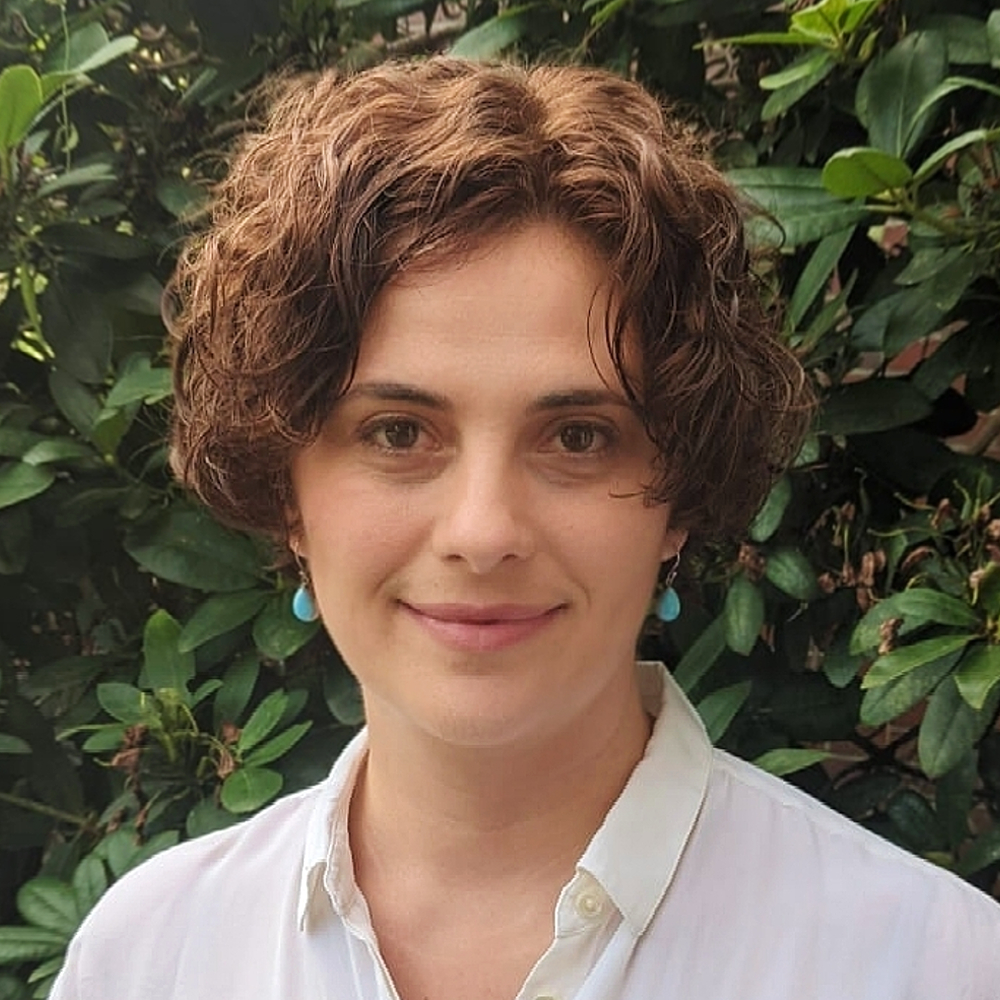10am: Morning talk 1
Mima Stanojkovski: Smooth cuboids in group theory
A smooth cuboid can be identified with a 3x3 matrix of linear forms, with coefficients in a field K, whose determinant describes a smooth cubic in the projective plane. To each such matrix, one can associate a group scheme G over K. In particular, when K is the field of rationals and F is the field of p elements, the F-points G(F) of G form a finite p-group, and, as p varies, one obtains an infinite family of groups. In this talk, I will present joint work with Josh Maglione and Christopher Voll on the geometric study of automorphisms and isomorphism types of groups defined from smooth cuboids. I will also explain a connection with Higman's PORC conjecture and show that our geometric approach yields faster isomorphism testing of groups in this context.
11am: Break
11:30am: Morning talk 2
Susanna Zimmermann: Real birational involutions of rational conic fibrations
It is an old problem to classify the finite subgroups of Cremona groups. It was initiated by Bertini, and the most complete classification so far has been achieved by Dolgachev-Iskovskikh and Blanc over an algebraically closed field. Over the field of real numbers, the classification is almost complete, with a large part completed by Robayo and Yasinsky in 2017. In this talk, we will focus on birational involutions of the real plane; we will discuss the general attack to the classification and then focus on a particular subclassification - one of the birational involutions of the plane preserving a pencil of rational curves. This is joint work with I. Cheltsov, F. Mangolte and E. Yasinsky.
12:30pm: Lunch break
2pm: Afternoon talk 1
Michael Bate: Edifices
Jacques Tits established the theory of buildings about fifty years ago as a way to bring combinatorial and geometric techniques to the study of semisimple algebraic groups (especially exceptional groups, where no "obvious" geometry immediately presents itself). In this talk I will report on some recent work which shows how to attach a building-like structure to an arbitrary smooth connected algebraic group over a field; we have christened these new structures "edifices". Edifices share some, but not all, of the nice geometric and combinatorial properties of spherical buildings - they are complete metric spaces, for example, but may not be simplicial complexes - and are well-behaved with respect to natural operations on algebraic groups, like homomorphisms and base change.
In this talk, I'll discuss how to construct an edifice, some basic properties and examples, and some of the motivation for studying them.
3pm: Break
3:30pm: Afternoon talk 2
Christian Urech: Representation dimension of finite subgroups of Cremona groups
Studying finite subgroups of Cremona groups is a very rich subject with a long history. Already in rank two there is no complete classification of finite subgroups of Cremona groups. Instead of giving a complete classification, one can try to find bounds on the complexity of these subgroups. In this talk, we will consider the minimal dimension of faithful representations of finite groups as a measure for their complexity. This is joint work with A. Duncan and B. Heath.
7pm: Conference dinner (Brook Red Lion Hotel)





